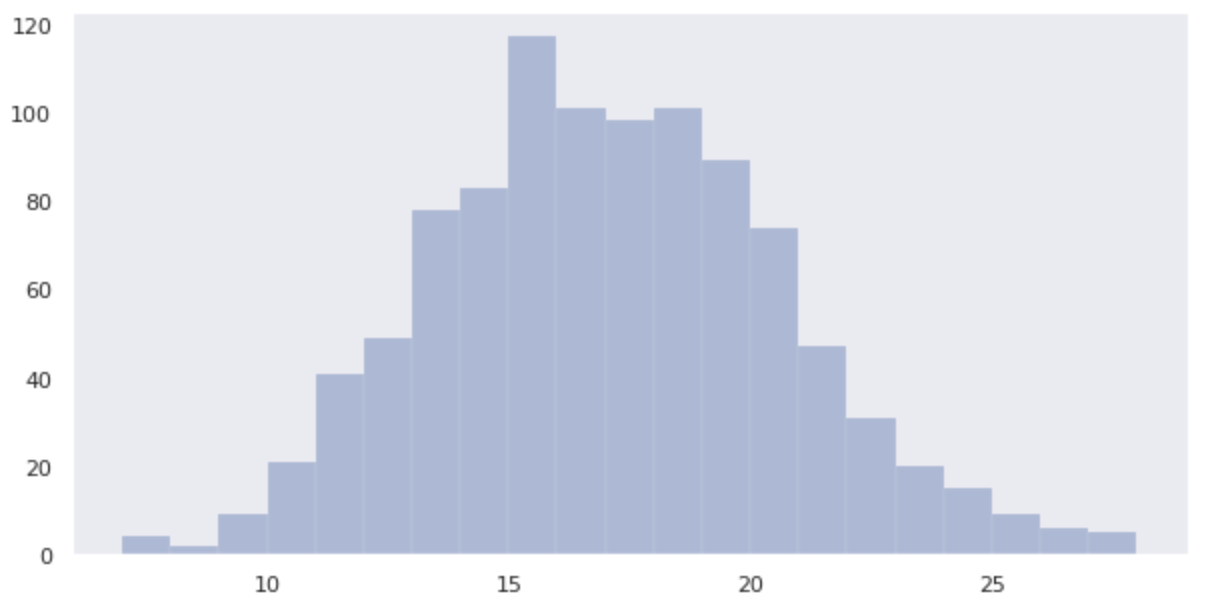What is binomial distribution
A binomial distribution is a distribution that follows a probability
For example, the distribution of the number of times
The probability of the binomial distribution is expressed by the following equation.
Dice Example
Let's consider the distribution of the number of times a dice rolls 1 three times.
First, let's consider the events. There are the following two patterns of events.
- 1 is rolled.
- 1 is not rolled.
Since there are two choices of occurrence or non-occurrence, the distribution of the probability of this event is a binomial distribution.
Next, let us consider the probability of the event occurring: the probability of the eye 1 occurring and the probability of the eye 1 not occurring are respectively as follows.
| Event | 1 is rolled. | 1 is not rolled. |
|---|---|---|
| Probability |
There are four patterns of how many times the dice will roll a 1 after three throws: 0, 1, 2, and 3 times. The probabilities of each are as follows.
| Number of times the eye of 1 appears | 0 | 1 | 2 | 3 |
|---|---|---|---|---|
| Probability |
A general description of the above probabilities is the following binomially distributed probability equation.
Checking with Python
Let's check the distribution of
from scipy.stats import binom
import seaborn as sns
from matplotlib import pyplot as plt
%matplotlib inline
sns.set()
sns.set_context(rc = {'patch.linewidth': 0.2})
sns.set_style('dark')
data_binom = binom.rvs(n=3, p=1/6, size=1000)
plt.figure(figsize=(10,5))
sns.distplot(data_binom, kde=False)

It can be seen that the probabilities are close to the calculated values of the following probabilities.
| Number of times the eye of 1 appears | 0 | 1 | 2 | 3 |
|---|---|---|---|---|
| Probability |
Laplace's Theorem
When a random variable X follows a binomial distribution
Let's check Laplace's theorem in Python. This time, we will check the distribution
from scipy.stats import binom
import seaborn as sns
from matplotlib import pyplot as plt
%matplotlib inline
sns.set()
sns.set_context(rc = {'patch.linewidth': 0.2})
sns.set_style('dark')
data_binom = binom.rvs(n=100, p=1/6, size=1000)
plt.figure(figsize=(10,5))
sns.distplot(data_binom, kde=False)

You can see that the distribution is closer to a normal distribution than when the dice are thrown three times.